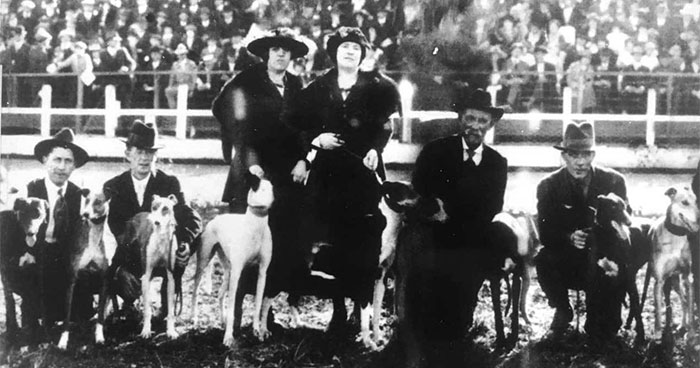The history of greyhound racing in the United States of America
The first recognized commercial greyhound racetrack in the world was built in Emeryville, California in 1919 by Owen Patrick Smith and the Blue Star Amusement Company. The track was oval in design and featured Smith’s new invention, the mechanical lure, thought to offer a more humane alternative to the live lures used in traditional greyhound field coursing. By 1930, sixty-seven dog tracks had opened across the United States — none legal.

In 2023, greyhound racing is legal and operational in just one US state: West Virginia. Six other jurisdictions, Australia, Ireland, Mexico, New Zealand, the United Kingdom and Vietnam have also legalized dog racing.
American track closures follow a 32% decline in greyhound gambling since 2010. Similarly, global greyhound gambling is stagnant.
Read the full history of dog racing in the United States (PDF)
Read the International Fact Sheet on Dog Racing (PDF)
Will greyhounds disappear if racing is banned? (Alliance Against Greyhound Racing)

Stay up to date and learn how you can help.